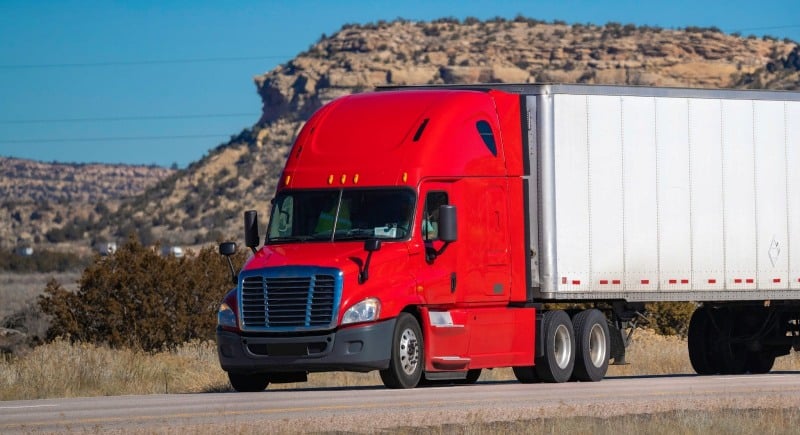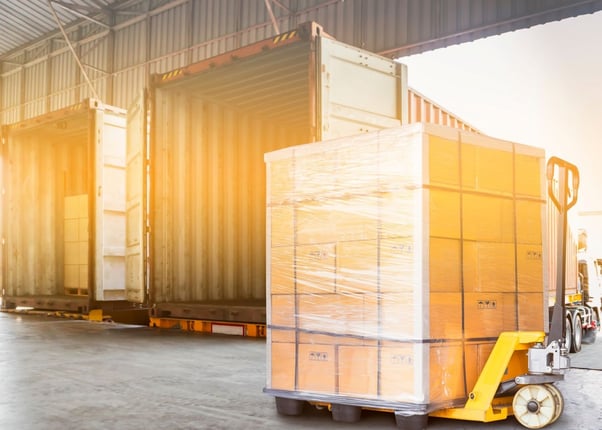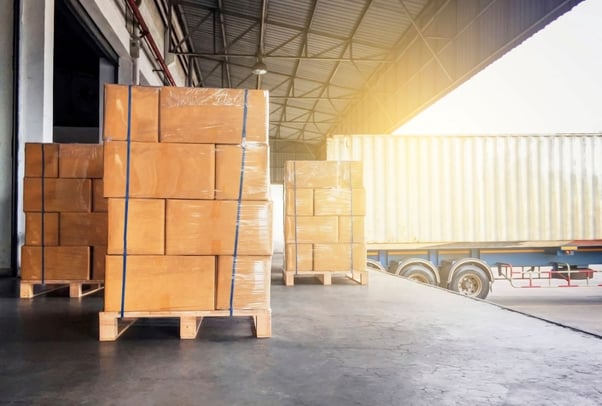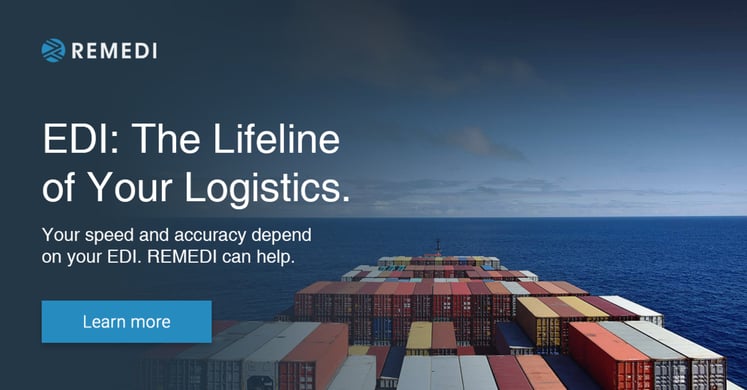
As supply chain challenges continue worldwide, clearer visibility into your company’s trucking shipments has never been more important. Following the best practices below can help you better track trucking freight, getting it to its destination on time and on budget.
Accuracy is Key
The actions taken before a shipment leaves often have the biggest impact on when the shipment will arrive. That’s why having accurate information is paramount. Shipments must have the correct length, width, height and weight measurements listed, especially in electronic data interchange transactions. Any fractions should be rounded up to provide a buffer.
Any incorrect shipment measurement requires the shipping company to pivot and make adjustments. These can slow your shipments and increase your costs, as shipping businesses do make their own freight weight regulations. Those are set by the U.S. Department of Transportation, and companies must comply with them or face strict penalties, including fines.
Packaging Properly

Shipments are frequently delayed due to improper packaging, so taking certain measures when readying your shipment could cut down on delays. When sending freight, expect it to be placed on a standard 40”x48” pallet. If your shipment cannot fit on the standard pallet, contact your freight company for advice on how best to package it. Unexpected oversize freight can slow shipping, as the freight company will first need to reconfigure the shipment (and your costs are likely to go up, too).
Some tips to see that your trucking shipment is properly packaged so that it arrives as expected:
- Ensure that each box is full, containing as little air as possible. Leaving room for air can allow your products to get damaged during shipping.
- Stack or align boxes carefully, with heavier ones on the bottom and lighter ones at the top. There should be no overhanging or misaligned boxes; if there are, the pallet can act as a bumper, hitting the packages.
- Distribute the weight inside each box as evenly as possible.
- Insert flat cardboard pieces into each shipment to keep loose boxes from moving.
- Add cardboard corner beads and shrinkwrap to the pallet to strengthen the entire shipment.
- Use a high-quality shrinkwrap and cover the pallet three to five times.
All About AEI Tags
If you don’t already, begin using automatic equipment identification (AEI) tags, a crucial component of data collection in freight management. Placed on brackets about four feet above the ground on semi trucks, these 30-inch-square tags are scanned by radio signal each time they pass a reader. The transmitted data, which includes who owns the vehicle carrying the freight, what type of truck it is and what road the shipment is on, can then be accessed in real-time by trucking company logisticians.
AEI tags give you instantaneous tracking capabilities so you can determine whether your shipments are where they are supposed to be. They also allow you to share this information with shipping companies and their customers. AEI tags will alert you when there are delays, too.
Because they transmit data via RFID signal rather than barcodes or other visual systems, they are unaffected by weather and road conditions, including snow, rain, and mud. And since they’re attached directly to vehicles, they’ll let you keep track of those other expensive assets – your trucks – as well.
Use a Tracking System
A freight-management system (FMS) can help you track your shipments. Designed to create useful, real-time reports, they let you manage your freight easily so you can optimize your business. Some transportation-management systems can even be connected to AEI readers to make arrival timelines and show you the reasons for and locations of any delays.
Freight-management systems are all-inclusive software solutions that let you handle the entire shipment process, from start to finish. Because they’re generally cloud-based, they can be accessed remotely and from multiple devices, including cell phones, tablets, laptops and more.
Tracking-System Benefits
- Shipment rating: A solid FMS will allow you to give realistic rate estimates based on destination, desired date of delivery, weight and more.
- Scheduling: Once a user decides on a rate and a carrier, they can use an FMS to schedule pickup of their shipment. The software eliminates the need for them to call you, as all details can be arranged electronically, quickly and easily.
- Document creation: One scheduling is completed, the FMS will automatically generate and populate shipping-related documentation templates, including carrier instructions, bills of lading and more.
- Tracking: As the shipment moves, the FMS gives the shipper and/or the customer multiple ways of tracking it, including text messages, desktop alerts and emails. These notifications can be customized in the FMS, too, so they’re tailored for individual customers or by shipment classification.
Know your Freight’s Destination

Accurate information, perfect packaging, and robust tracking can all work in harmony to get a shipment to its destination – only to be hamstrung by a lack of on-site personnel ready to meet it. Or by the absence of a loading dock. Avoid these issues by ensuring that you know the details of your freight’s destination before the shipment leaves its origin.
Choose a Trusted EDI Partner
For the most efficient, streamlined tracking of trucking freight shipments, you need EDI – and that means you need a trusted integration partner to help you every step of the way. EDI can eliminate information-transmission impediments, leading to faster business processes, fewer errors, less waste and quicker scaling, but it needs a dedicated team with the knowledge and capabilities to maintain it.
As a long-time leader in integration services, Remedi can ease your trucking company’s move away from manual operations to EDI-led automation. The pain points we can help alleviate include:
- Speeding new-partner onboarding
- Shortening the EDI software learning curve
- Ensuring compliance
- Increasing visibility into your systems
When you engage Remedi, you get the best out of your chosen EDI platform. We can help you automate and expedite your routine processes so you can reduce redundancy, eliminate waste and see revenue rise.
Learn how Remedi solutions can help you up your operations visibility quotient – and maximize your EDI investment.
The lifeline of your logistics. 


